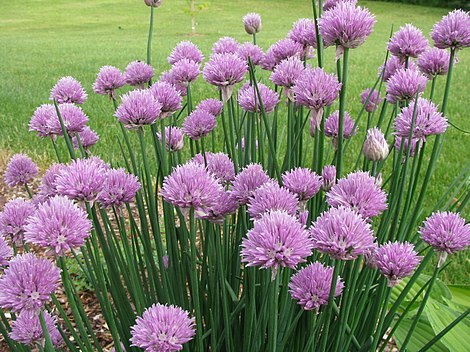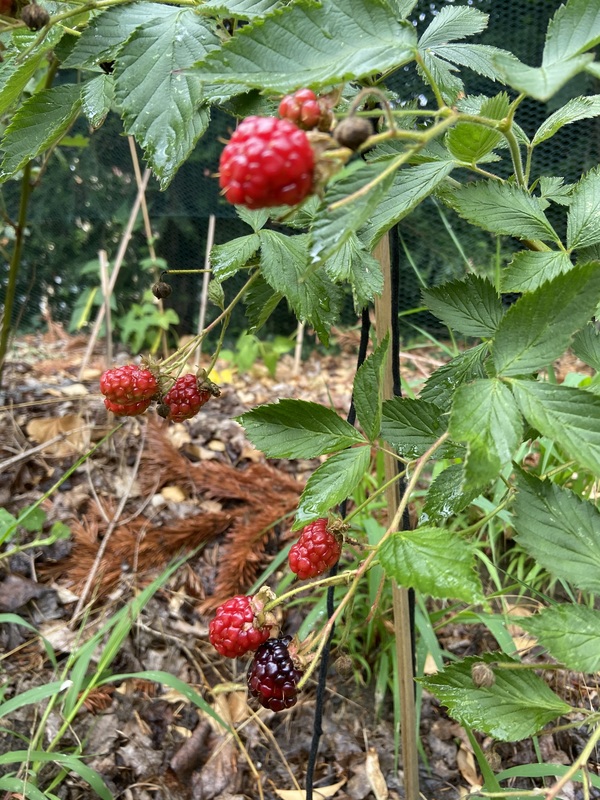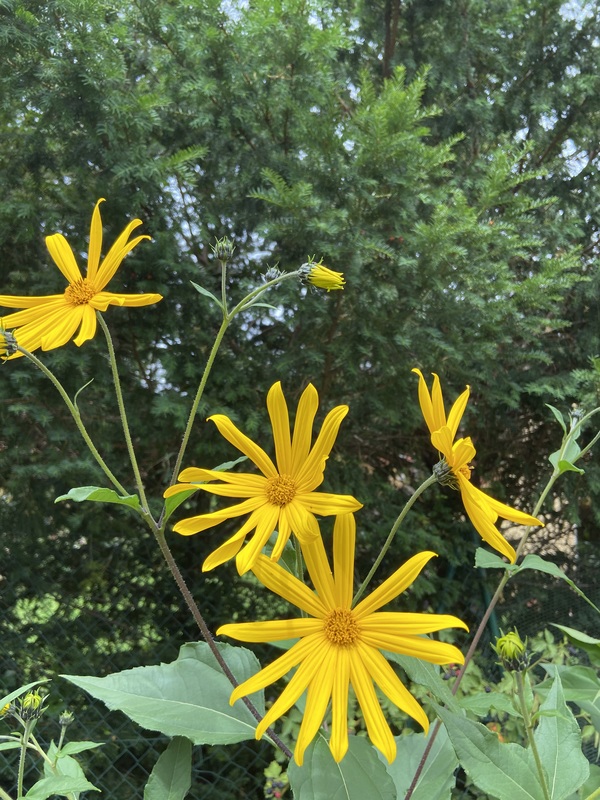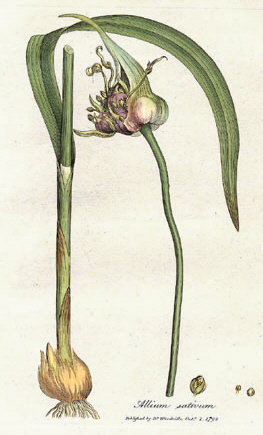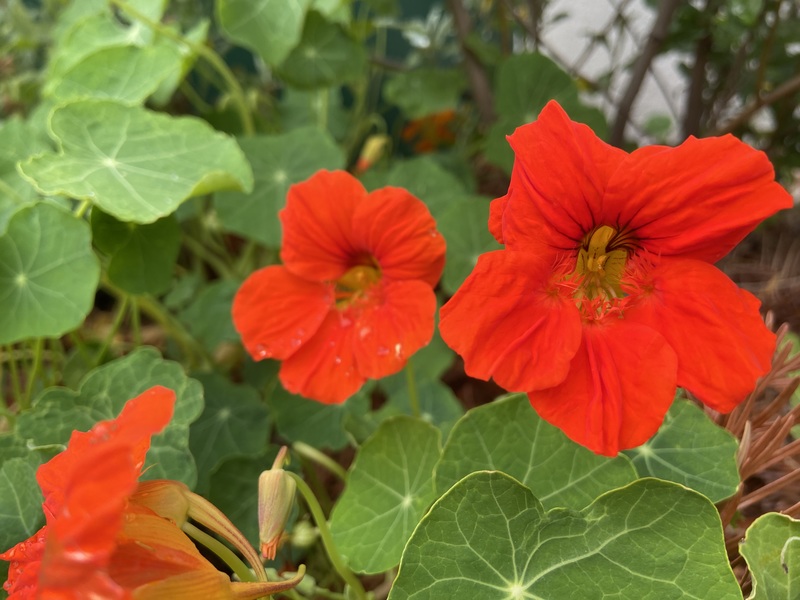Description
The globe artichoke is a large, perennial plant native to the Mediterranean region. It has a thick, woody stem that can grow up to 4-5 feet tall, and large, deeply lobed leaves that can grow up to 2-3 feet long. The plant produces large, thistle-like flowers that are purple in color and have multiple rows of bracts surrounding a large, edible flower head.
In terms of growing conditions, the globe artichoke prefers full sun and well-draining soil. It is not winter hardy, so it must be protected or brought indoors in areas with cold winters. To cultivate the plant successfully, a grower may need to provide regular watering and fertilization. Depending on your growing conditions it creates constantly new buds after the second year.
The edible parts of the globe artichoke are the flower heads and the tender portion of the stem. They can be prepared by boiling or steaming and served with melted butter or a dipping sauce. The cooked flower heads can be stored in the refrigerator for up to a week.
In addition to being edible, the globe artichoke has several other uses. The leaves can be used as a natural diuretic, and the plant has also been used medicinally to improve liver and digestive health. The plant can also provide wind protection and ground cover in the garden.
Wildlife also benefits from the presence of the globe artichoke in the garden. The plant attracts bees and other pollinators, and the flowers provide a food source for birds and other animals.


